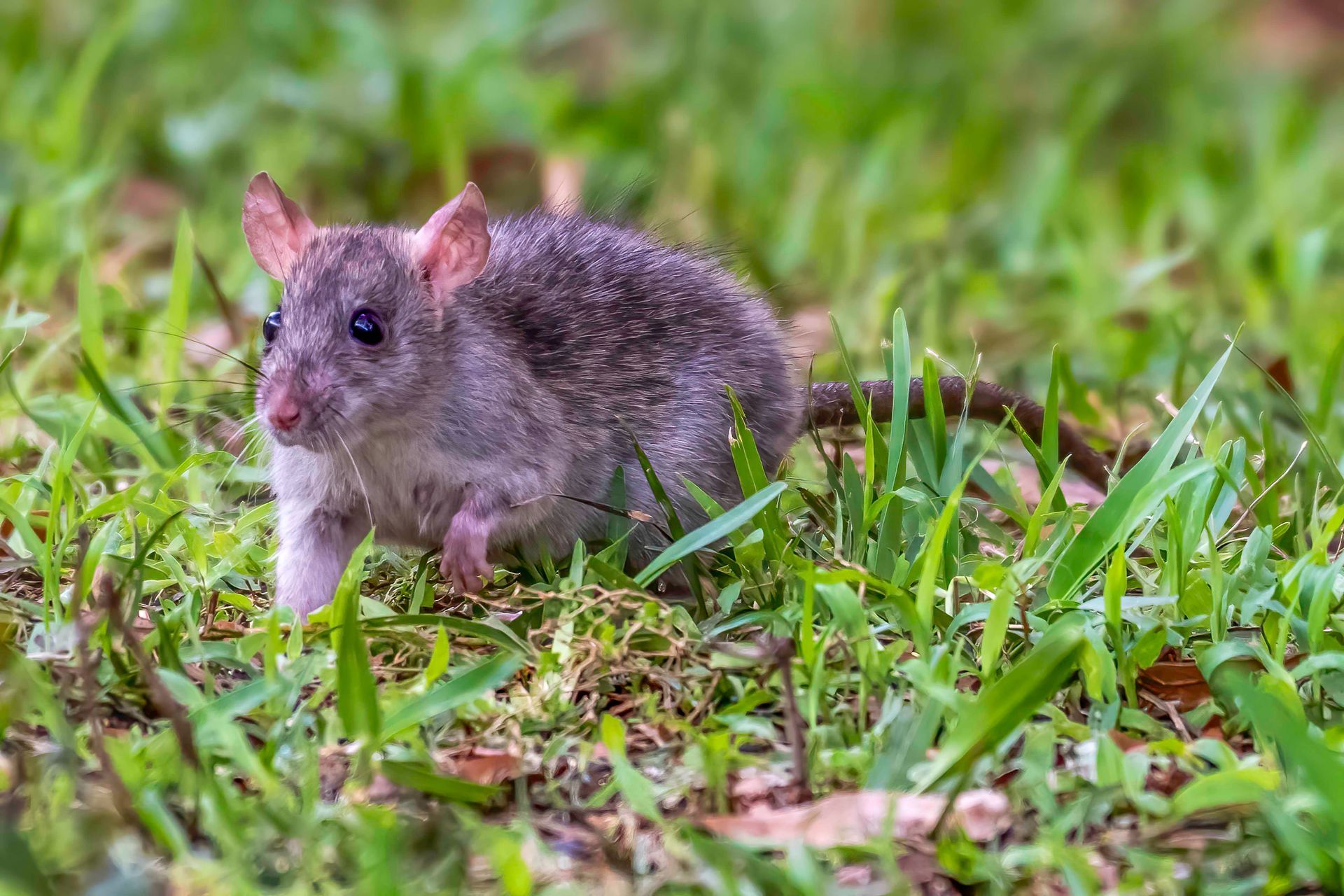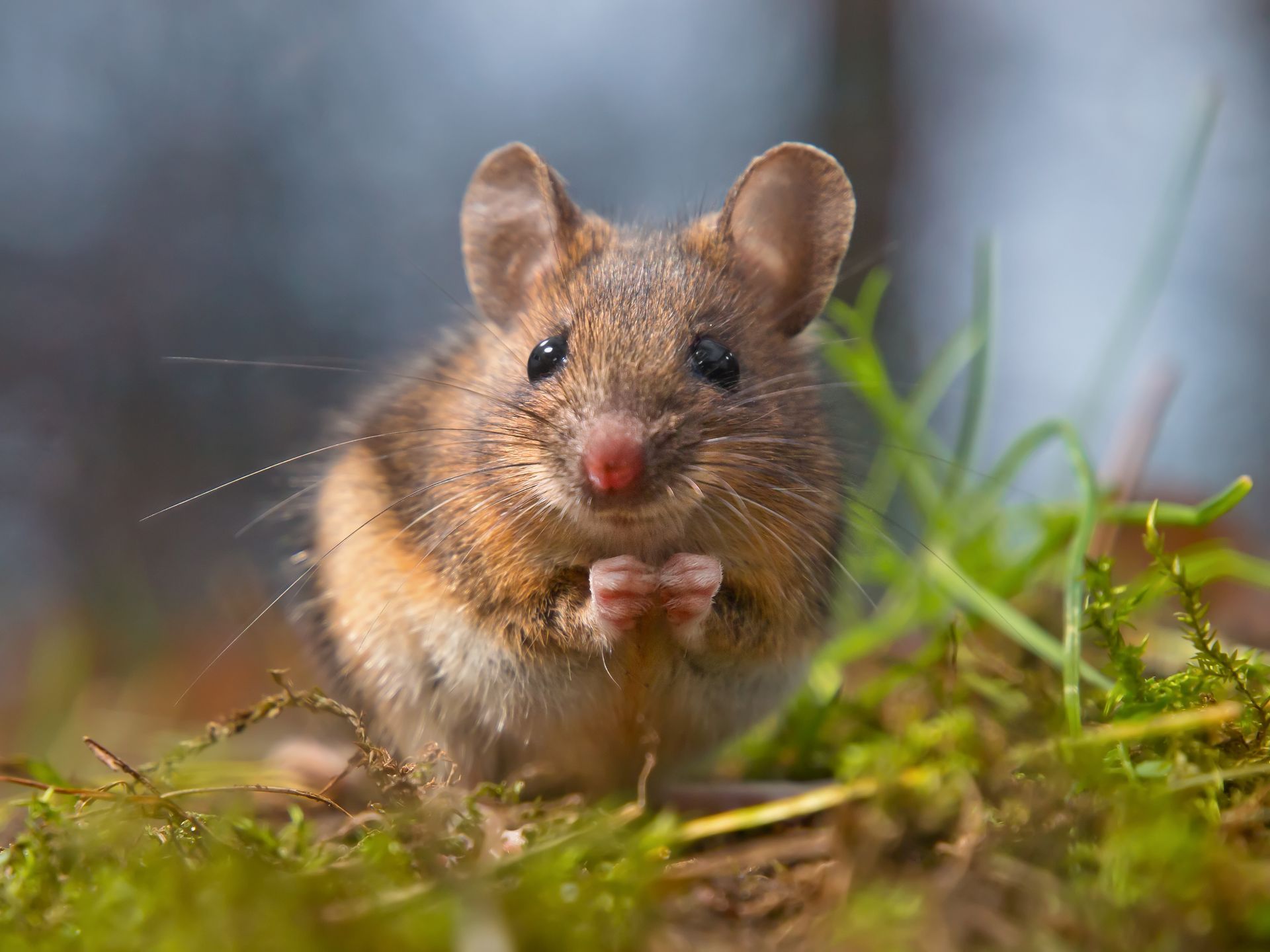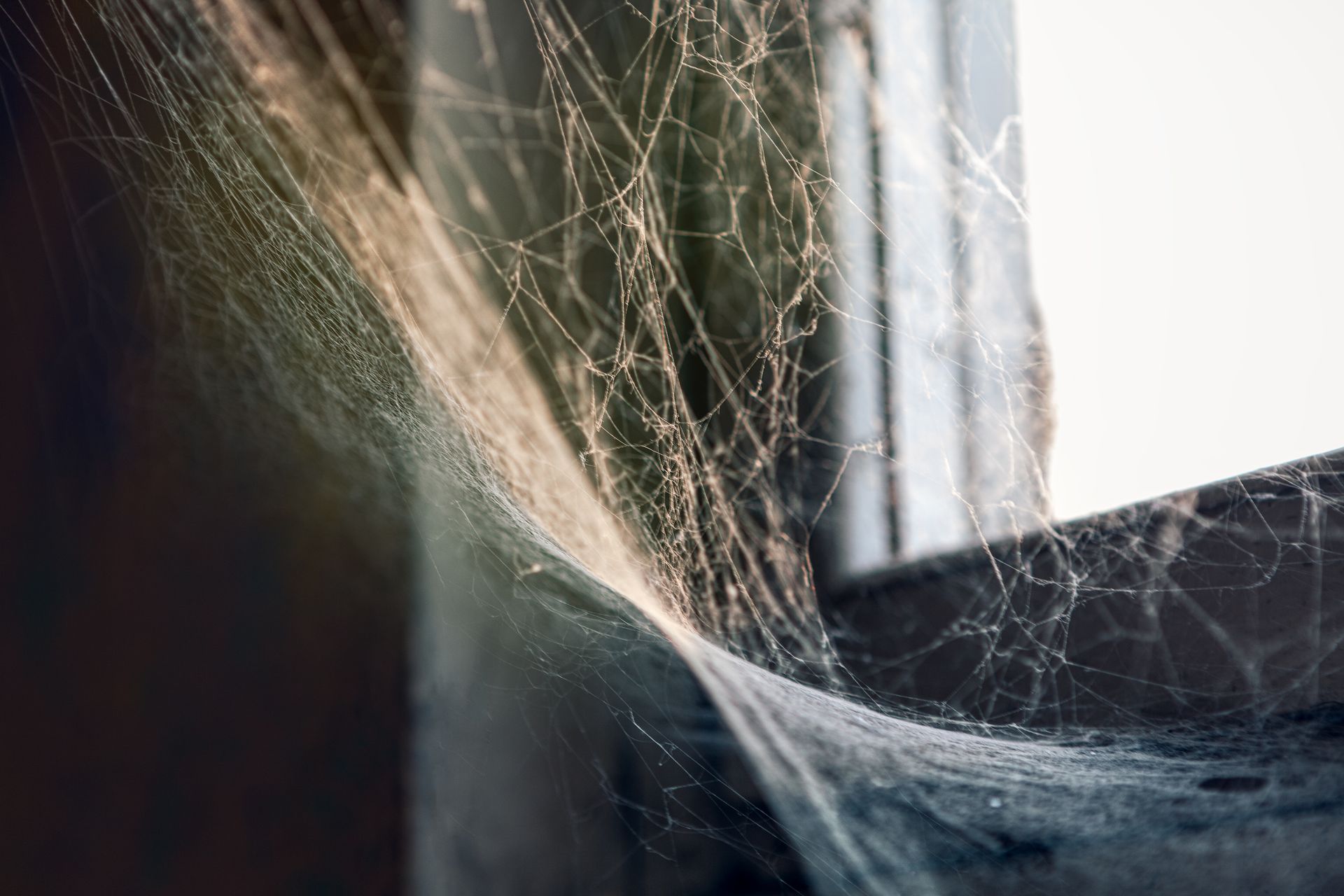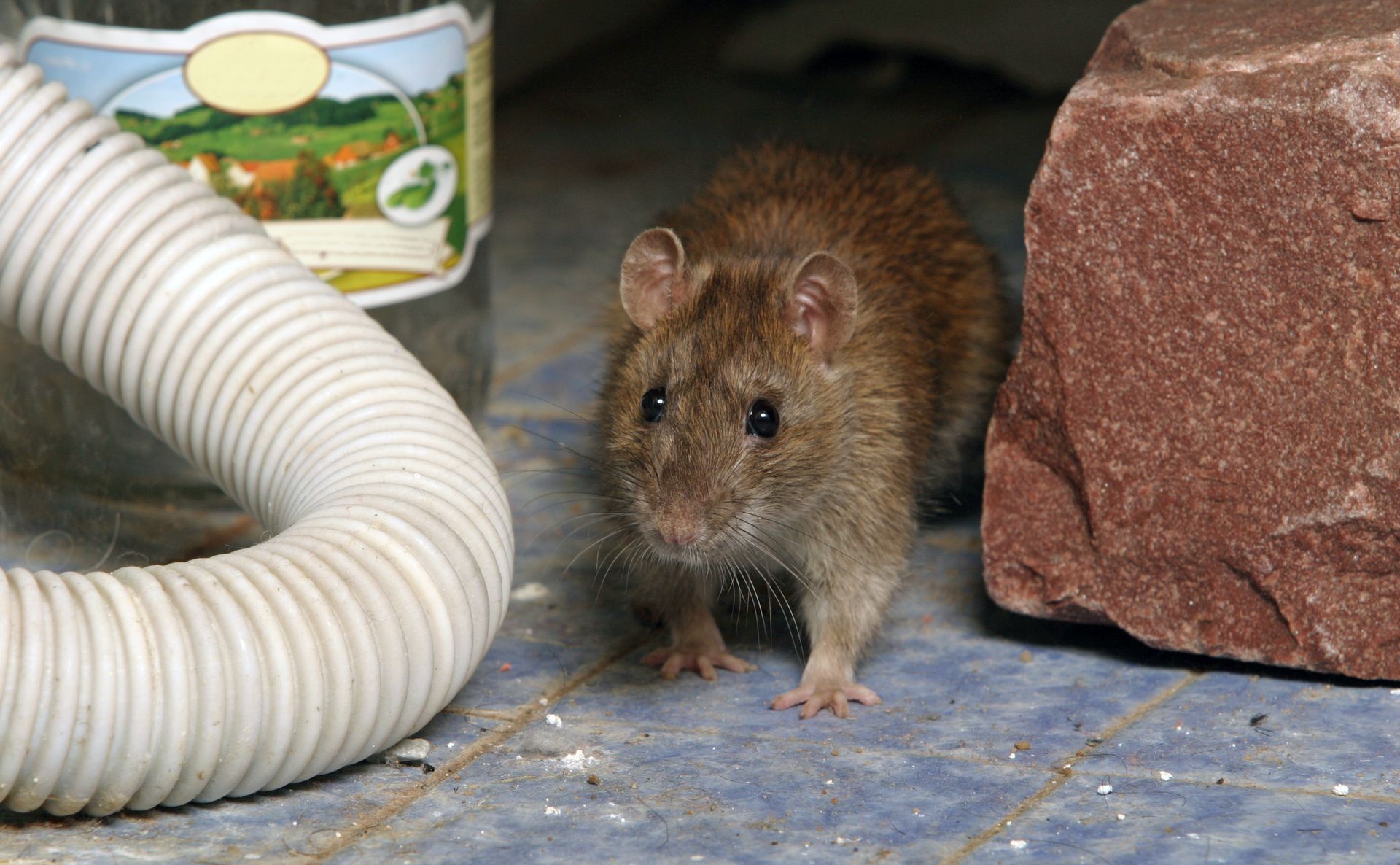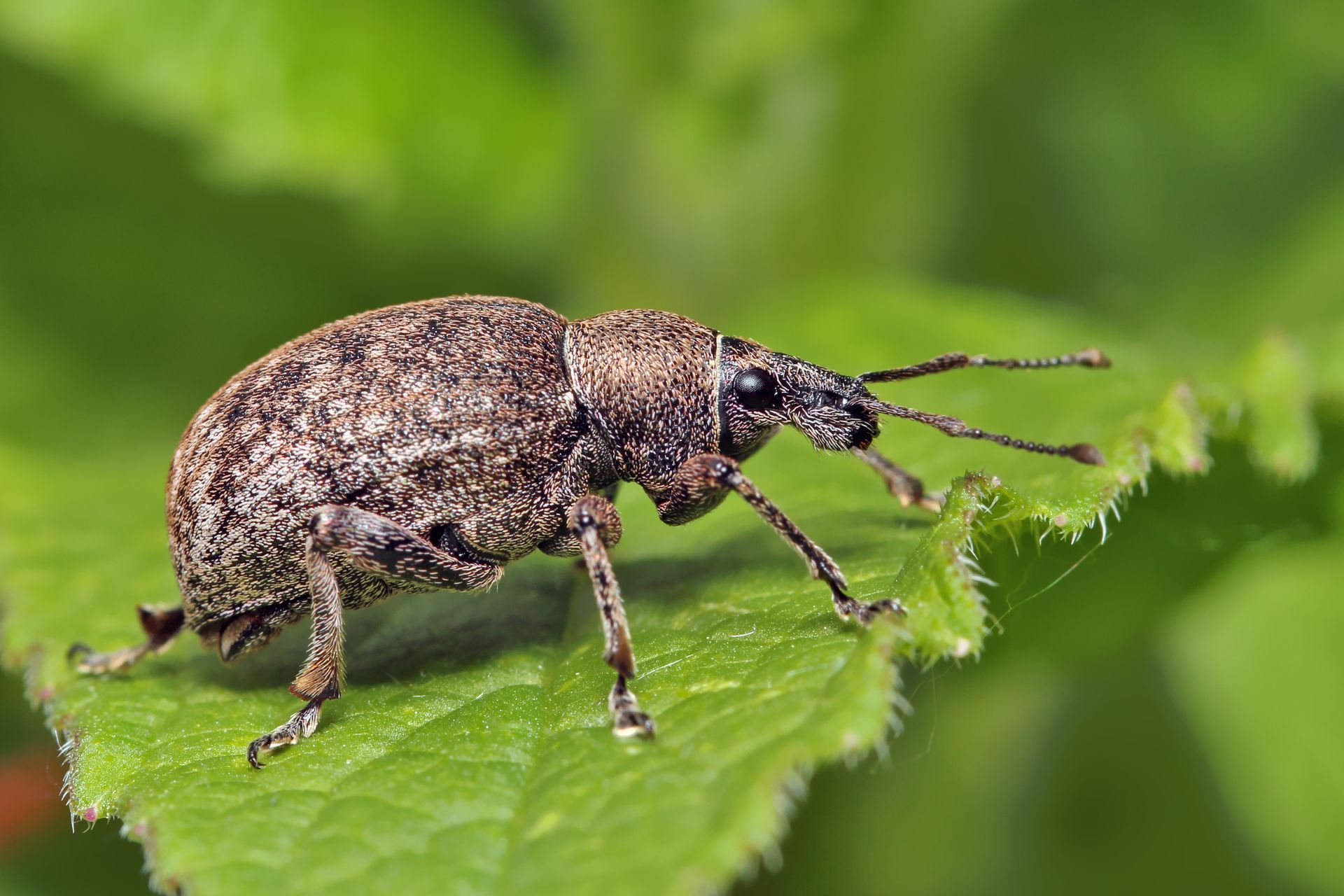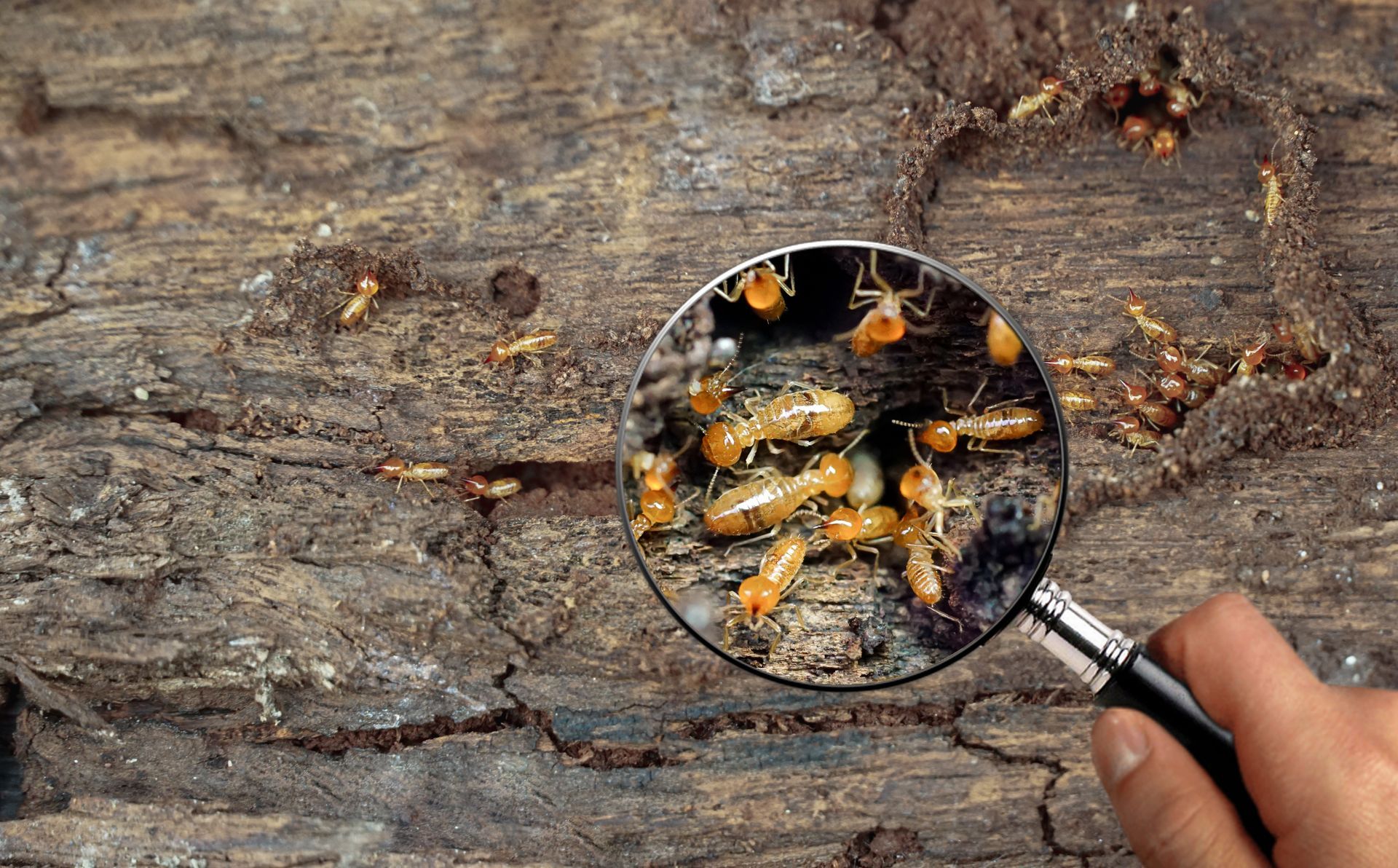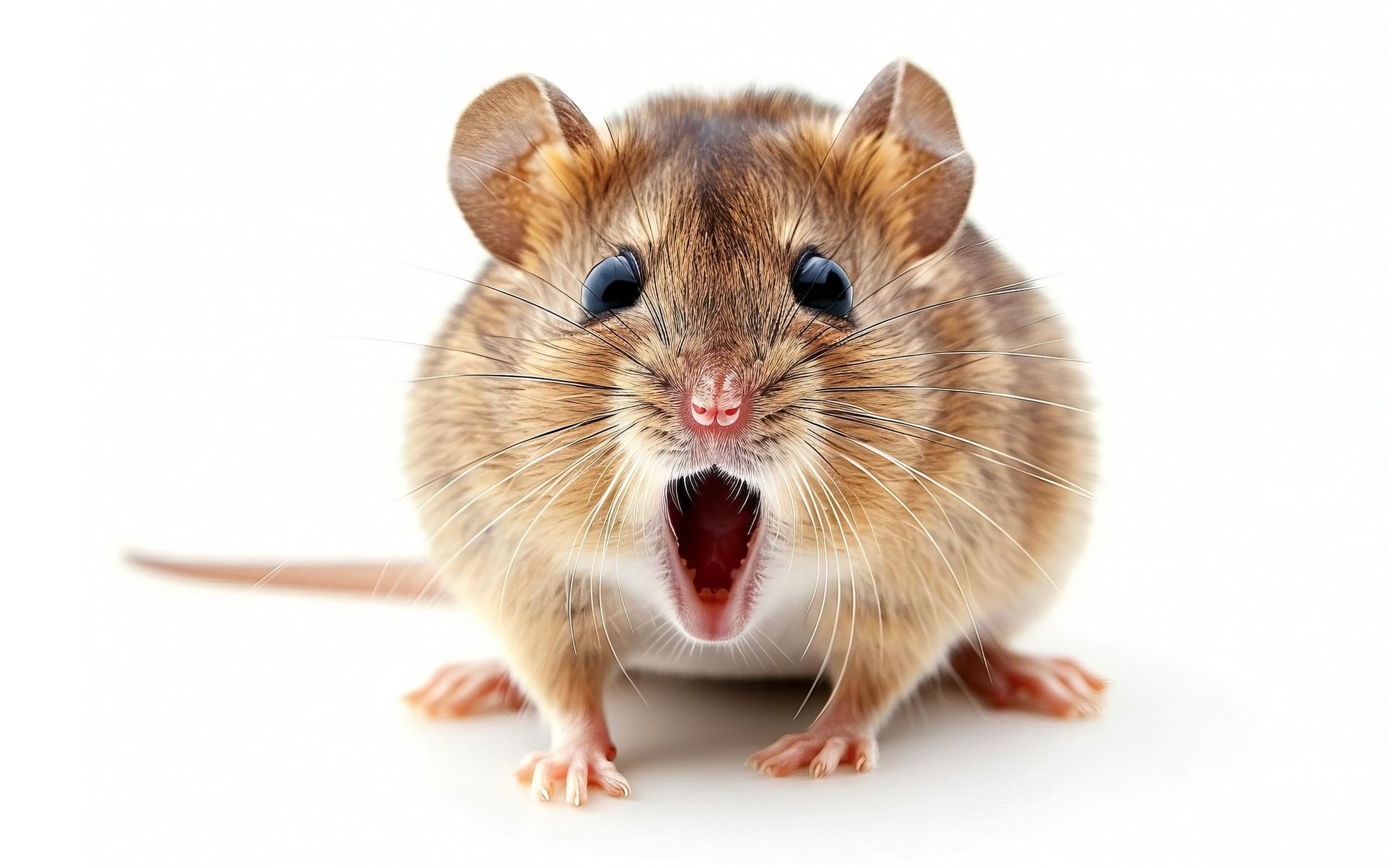Considerations Before Bringing a Live Christmas Tree into Your Home

For many households, a live Christmas tree is more than a decoration. It is a seasonal tradition that brings natural beauty, festive fragrance, and a sense of nostalgia to the home. However, as you prepare to bring a live evergreen indoors, it is important to consider what else might come along with it. While these trees are often seen as a symbol of purity and celebration, they can also serve as temporary shelters for overwintering insects and other small pests.
The contrast between the cold outdoor environment and the warmth of your home can signal to these insects that spring has arrived. As a result, they may emerge from dormancy and begin moving through your living space. This phenomenon is not uncommon, but it can be surprising for those who are unaware of it. Knowing what to expect and how to prepare can help ensure that your holiday season remains pest free and enjoyable.
Understanding Overwintering Insects
Many insects native to temperate climates go through a process known as overwintering to survive the colder months. This involves entering a state of dormancy or reduced activity, often in protected spaces like bark crevices, tree branches, or the underside of pine needles. A live Christmas tree, particularly if freshly cut or recently harvested, can harbor such insects in various stages of their lifecycle.
Common overwintering insects found on live Christmas trees include:
- Aphids
- Adelgids
- Spiders
- Mites
- Praying mantis egg cases
- Pine bark beetles
These pests are typically not harmful to humans or pets, but their presence can become a nuisance. Once inside, the warm interior of your home can cause them to become active prematurely. For example, a dormant aphid might emerge thinking that spring has arrived, and spiders might begin exploring new surroundings in search of food.
It is worth noting that these insects do not usually reproduce indoors or establish infestations from a single tree. However, their sudden appearance can be unsettling and may require cleaning and temporary management.
Why Insects Seek Shelter in Trees
Live Christmas trees, especially firs, pines, and spruces, provide an ideal shelter for small insects during winter. The dense foliage and bark offer natural insulation against harsh outdoor temperatures. Additionally, trees harvested later in the season may not have experienced extended cold exposure, allowing insects to remain dormant and undetected until they are brought indoors.
Insects use trees as microhabitats to protect themselves from freezing. Many produce natural antifreeze proteins or seek dry, enclosed areas where they can conserve energy. When the tree is moved into a heated home, this environment mimics the warming signals of spring, prompting insects to awaken.
Signs of Hidden Insects on Your Tree
Though most people will not notice insects on their tree until after it has been set up, there are a few early signs to look for when selecting or inspecting a tree:
- Fine webbing near branches or inside the tree’s interior may indicate spiders or mites
- Tiny black or brown specks on needles, which could be frass (insect droppings)
- White wool-like patches, which may signal adelgid infestations
- Brown oblong shapes, possibly praying mantis egg cases attached to branches
- Small holes in bark, suggesting the previous presence of beetles
Tips for Minimizing Insect Activity Indoors
If you choose to bring a live tree into your home for the holidays, you can take several precautionary steps to reduce the risk of introducing unwanted insects:
1. Inspect the Tree Thoroughly Before Purchase
When choosing a tree from a lot or farm, take the time to inspect it closely. Look at the underside of branches, near the trunk, and along the bark. Request assistance if needed to rotate the tree for a full inspection. Freshness can also play a role in insect presence. Trees cut weeks earlier may have already seen insect activity decline, while freshly cut trees could still harbor dormant pests.
2. Shake the Tree Outside
Before bringing the tree indoors, vigorously shake it outside. Most commercial tree lots and farms have mechanical shakers designed to do this. If this service is unavailable, you can manually shake the tree or tap it against the ground. This will help dislodge any loose insects, egg sacs, or webs.
3. Let the Tree Sit in a Protected Outdoor Area
Consider leaving the tree in a sheltered outdoor area like a garage or porch for 24 to 48 hours before bringing it inside. This allows any disturbed insects to become active and leave the tree before it enters your home’s heated environment. This step is particularly effective if temperatures are just above freezing, encouraging gradual awakening of dormant pests.
4. Avoid Using Aerosol Insecticides Indoors
While it might be tempting to spray your tree with an insecticide, this is not recommended. Many aerosol products are flammable and can interact poorly with indoor air quality. Additionally, some insecticides can damage the tree or pose risks to children and pets. Focus instead on prevention and mechanical removal methods.
5. Use a Vacuum for Management
If you notice insects emerging from your tree after it is indoors, the most effective and safe method of removal is a vacuum. Avoid squashing insects, especially aphids, as they can leave stains. A handheld vacuum or hose attachment can easily remove visible insects without spreading them around the room.
The Role of Temperature in Insect Emergence
One of the key triggers for insect activity is ambient temperature. When a cold tree is brought into a warm home, the shift can rapidly activate metabolic processes in dormant insects. Most of these pests are not adapted to live long in indoor environments. They may die off within a few days due to dehydration or lack of appropriate food sources.
However, their brief presence can still cause discomfort or confusion for homeowners. Understanding that this is a natural response to environmental change can help put the situation into perspective and avoid panic.
Artificial Trees as an Alternative
For those with sensitivities to insects or strong concerns about indoor pests, an artificial tree offers a viable alternative. Today’s artificial trees are highly realistic, durable, and reusable. They eliminate the risk of introducing live insects and can be stored safely between seasons.
However, even artificial trees stored in basements, attics, or garages should be inspected before use. Dust, cobwebs, and stored-product pests can sometimes accumulate on stored items. A quick cleaning or vacuuming before decorating can ensure a pleasant setup experience.
Natural Does Not Always Mean Pest Free
It is important to remember that live Christmas trees are natural products. As such, they come with a certain degree of ecological complexity. Insects and small arthropods that find shelter on these trees are following natural behavior patterns. While the vast majority pose no threat, their presence indoors can still disrupt the calm and comfort associated with the holiday season.
Bringing a live tree into your home is a wonderful tradition that connects us with nature, but it also invites us to be mindful of nature’s small inhabitants. With a few preventative steps and an understanding of what to expect, you can enjoy your tree with minimal concern.
Protect Your Holidays: Be Proactive with Your Live Christmas Tree
While pest control companies like Killo Exterminating Co., Inc. specialize in managing more serious or persistent infestations, the issue of insects emerging from a live Christmas tree is generally manageable with simple preventative measures. Being informed before selecting and setting up your tree is the best way to ensure a festive and insect free holiday experience.
If you encounter persistent pest issues during or after the holiday season, professional consultation may be helpful. However, for the majority of homeowners, awareness and preparation are the keys to enjoying the beauty of a live tree without inviting unwelcome guests into the home.
